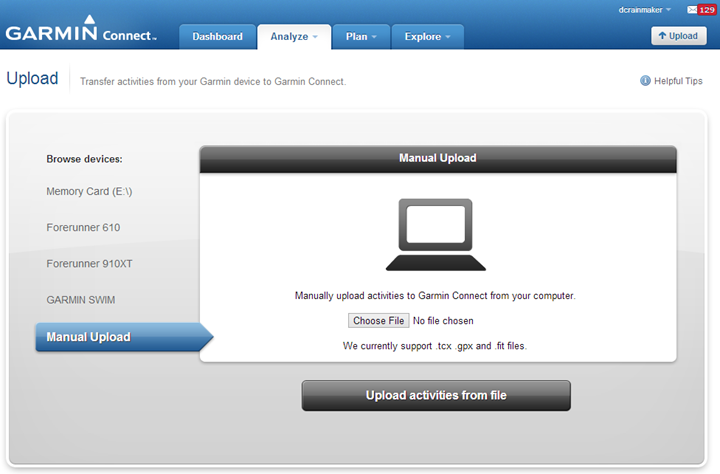

Check Out TrainerRoad CTL (Chronic Training Load): an Approximation of Your Fitness What is CTLĬTL is a reflection of the consistency, duration and intensity of the last 6 weeks to several months or more of your training. TrainerRoad plans are all quantified by TSS, but individual workouts are strategically arranged within a training plan using Workout Levels to manage fatigue. Workout Levels are a new metric that combine TSS and IF to measure the actual difficulty of workouts. So, while total weekly training stress is meaningful to know, IF (Intensity Factor) is necessary for context. These workouts take very different tolls on the body and spur different physiological adaptations. For instance, a relatively easy two-hour ride and an extremely intense workout of under an hour can result in the same TSS. A high-TSS workout does not guarantee an increase in fitness, as intensity and duration both factor in and don’t stress your body equally. It’s important to note that while TSS is an extremely useful metric, not all TSS is created equal. Any time recovery is hampered or performance isn’t in line with expectations, reviewing TSS can help find the source.

In addition, looking at TSS and how you respond to it over time can help you better fine-tune the volume and intensity of your training. Knowing how much physical stress a workout generates allows you to estimate the potential fitness you’ll gain from your training session, given adequate recovery. In addition, weekly TSS is visible in the Calendar view, alongside each week in list form and in the Training Stress graph. In TrainerRoad, every workout is listed with a planned TSS value, and completed workouts include measured TSS compared to this expectation. Note: If you’re wondering what that “3600” represents, it’s the number of seconds in an hour “100” is there because riding at FTP for an hour generates 100 TSS. TSS = (# of seconds of the workout x Normalized Power x Intensity Factor) / (FTP x 3600) x 100 The actual calculation used to find TSS is: Intensity Factor reflects the relative intensity of a workout as compared to your theoretical maximum, based on your FTP. The intensity factor (IF), Normalized Power (NP) and duration of a workout determine TSS. Riding at FTP for one hour results in a TSS of 100, but both intensity and duration influence how this metric is calculated. Tracking TSS allows us to balance adaptive stress with proper recovery, helping to maximize the outcome of your training. TSS, or Training Stress Score, is a description of how much physical stress a workout places on the body. TSS (Training Stress Score): a Measure of Your Hard Work What is TSS


Measures fatigue, the short-term effect of recent workoutsĭescribes “freshness” by weighing fitness vs. Measures fitness, the cumulative effect of training over time Quantifies the physical stress of each workout These metrics are incorporated into the design of every TrainerRoad plan, to help maximize the effect of your workouts. Timing fitness is a top concern for athletes, and can quickly become a struggle without a solid understanding of a few important terms: TSS (Training Stress Score), CTL (Chronic Training Load), ATL (Acute Training Load), and TSB (Training Stress Balance). We want it on – not before, not after – the day of our highest priority race.


 0 kommentar(er)
0 kommentar(er)
